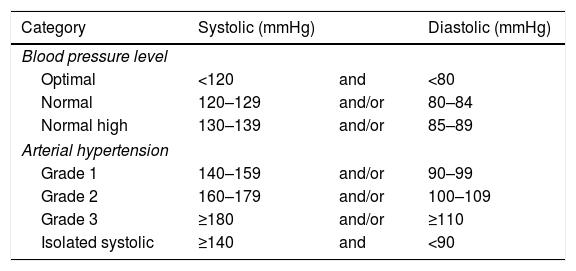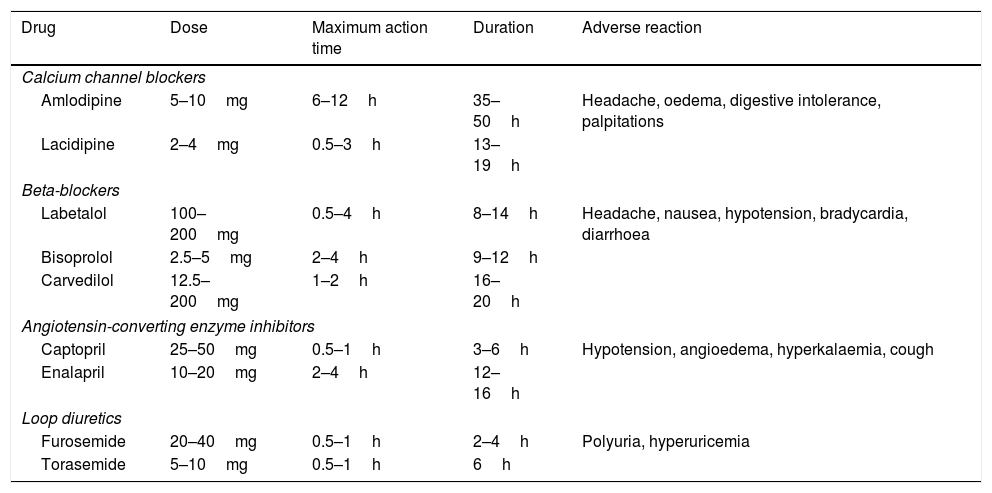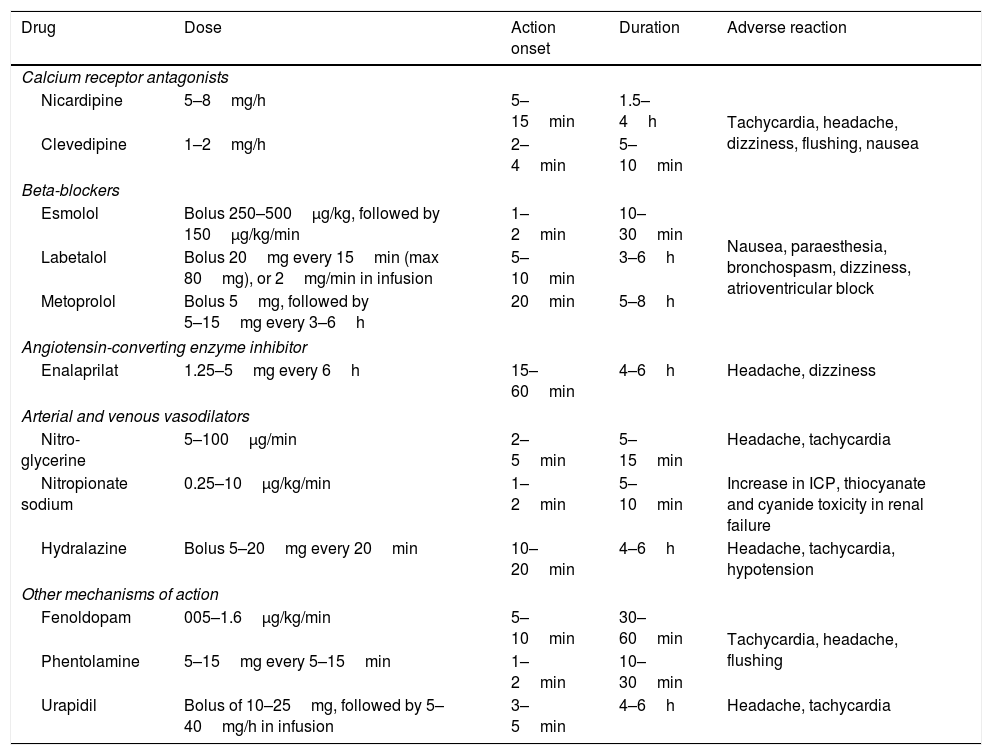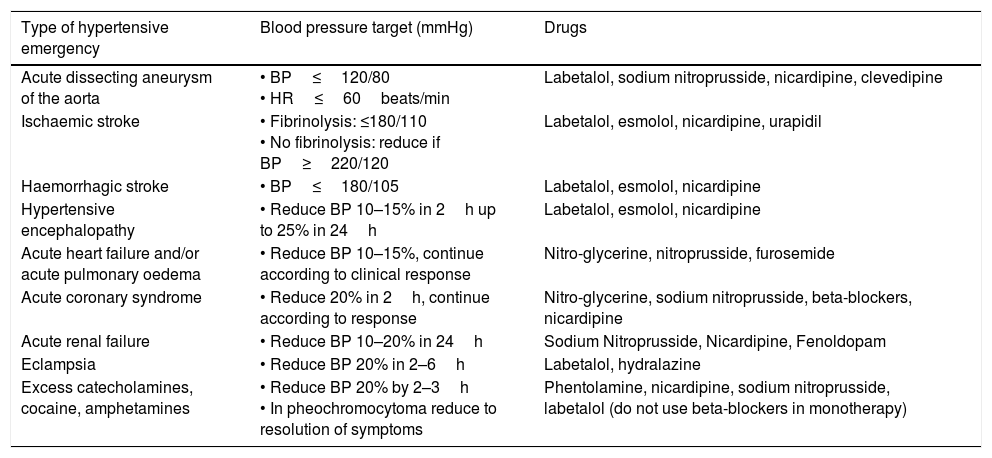High blood pressure is a problem with elevated prevalence in the world population. The acute forms of presentation are “hypertensive crises,” which represent a frequent cause for emergency room and primary care consultations.
Hypertensive crises are divided into hypertensive emergencies and hypertensive urgencies, depending on whether or not there is acute damage to the target organ, respectively. Each situation has a different prognosis and treatment. More specifically, hypertensive emergencies are potentially serious and usually require rapid reductions in blood pressure, whereas hypertensive urgencies can be treated as outpatients by reducing blood pressure in hours or days.
A significant number of patients who consult medical professionals regarding a hypertensive crisis do not have a prior diagnosis of hypertension; therefore, it is important to periodically monitor blood pressure levels in the community.
La hipertensión arterial es un problema de elevada prevalencia en la población mundial. Las crisis hipertensivas son las formas agudas de presentación y representan un motivo frecuente de consulta en urgencias y atención primaria.
Las crisis hipertensivas se dividen en emergencias hipertensivas y urgencias hipertensivas, según exista o no daño agudo en órgano diana, respectivamente. Cada situación tiene un pronóstico y tratamiento diferente, siendo las emergencias hipertensivas potencialmente graves, requiriendo por lo general reducciones rápidas de la presión arterial. Por el contrario, las urgencias hipertensivas podrían ser tratadas ambulatoriamente, reduciendo la presión arterial en horas o días.
En un número elevado de pacientes que consultan por una crisis hipertensiva no existen antecedentes de diagnóstico de hipertensión arterial, por lo que es importante incrementar los controles periódicos de la presión arterial en la comunidad.
Artículo
Comprando el artículo el PDF del mismo podrá ser descargado
Precio 19,34 €
Comprar ahora












